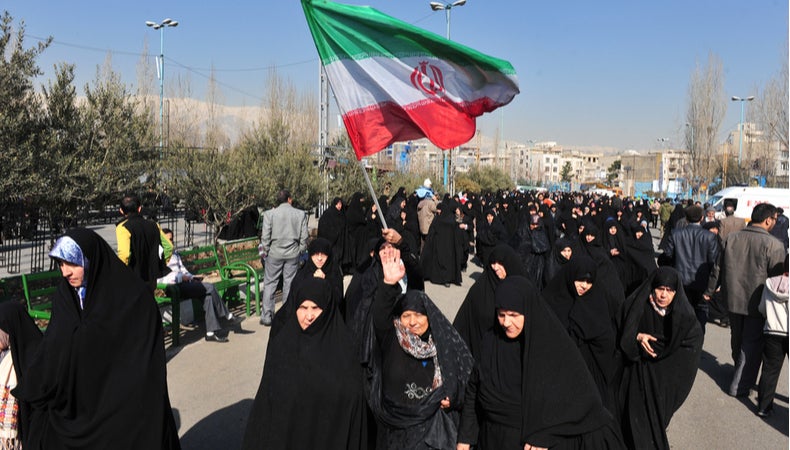Riot police were deployed today in Isfahan, central Iran, after violent demonstrations against water deficits. According to witnesses and state media, there have also been several arrests. Yesterday, the policemen fired tear gas on 500 people gathered in the dry bed of the Zayandeh-Roud river crossing the city to protest against the drying up of the waterway due, according to the demonstrators, and the desiccation to the water diversion towards the neighboring Yazd province.
According to an Isfahan resident, the situation has now calmed down, and the streets are empty, but he heard that riot police have been deployed on Khadjou Bridge. The demonstrators accuse the Iranian authorities of diverting water to the neighboring Yazd province, which is also desperately short. Authorities Saturday announced 67 arrests of the “main perpetrators and troublemakers” in the rally that had drawn “2,000 to 3,000 rioters.” The police, intelligence services, and the Revolutionary Guards conducted the arrests, Arab News says.
Yesterday’s demonstration was the latest in a series of protests in Isfahan. This place attracts thousands of tourists every year thanks to its majestic mosques and the many historical sites it hosts, including a bridge that crosses the dried-up river. US State Department spokesman Ned Price took Twitter to say that the White House was “deeply concerned about the violent crackdown against peaceful protesters.” He added that the Iranian people have the right to voice their frustrations and hold their government accountable.
Meanwhile, the local Kayhan daily also associated Friday’s protests with the resumption of nuclear consultations today in Vienna between Iran, the European Union, and the US. Friday’s events “testify to the infiltration of a US fifth column, in the run-up to the Vienna talks, to provoke a riot and push for (new) US sanctions” against Iran. The Zayandeh-Rood River that runs through Isfahan has been dry since 2000, except for a few brief periods.
Iran has endured repeated droughts over the past decade and regular floods, a phenomenon that can intensify when torrential rains fall on sun-baked earth. Experts say climate change increases droughts and that their intensity and frequency, in turn, endanger food security.


